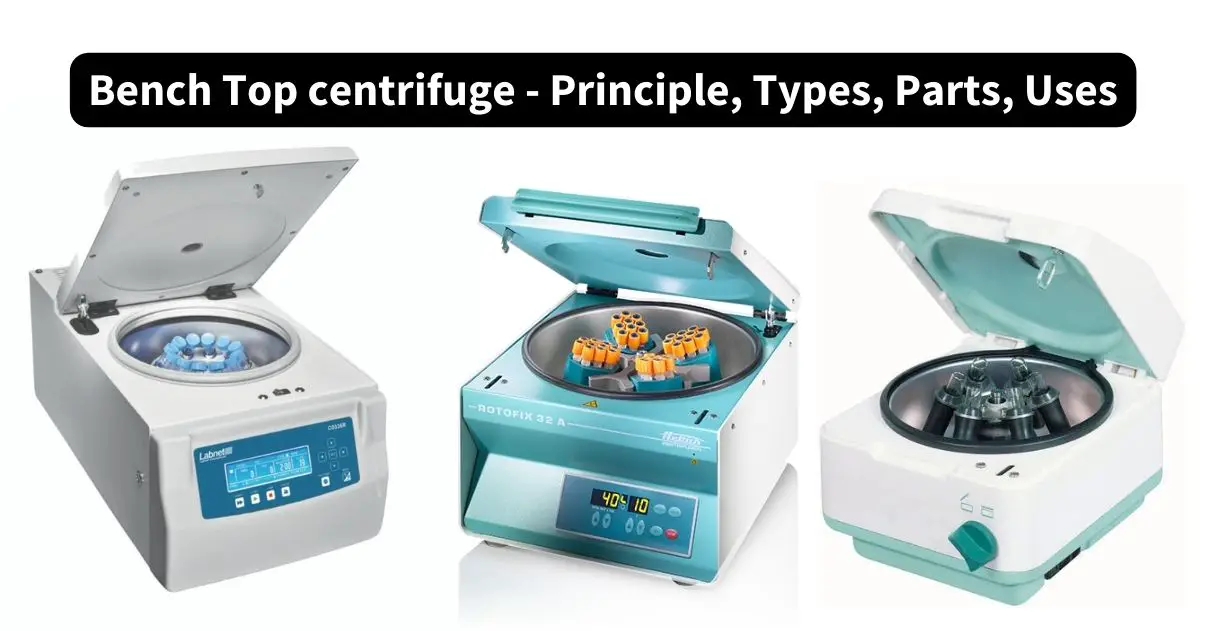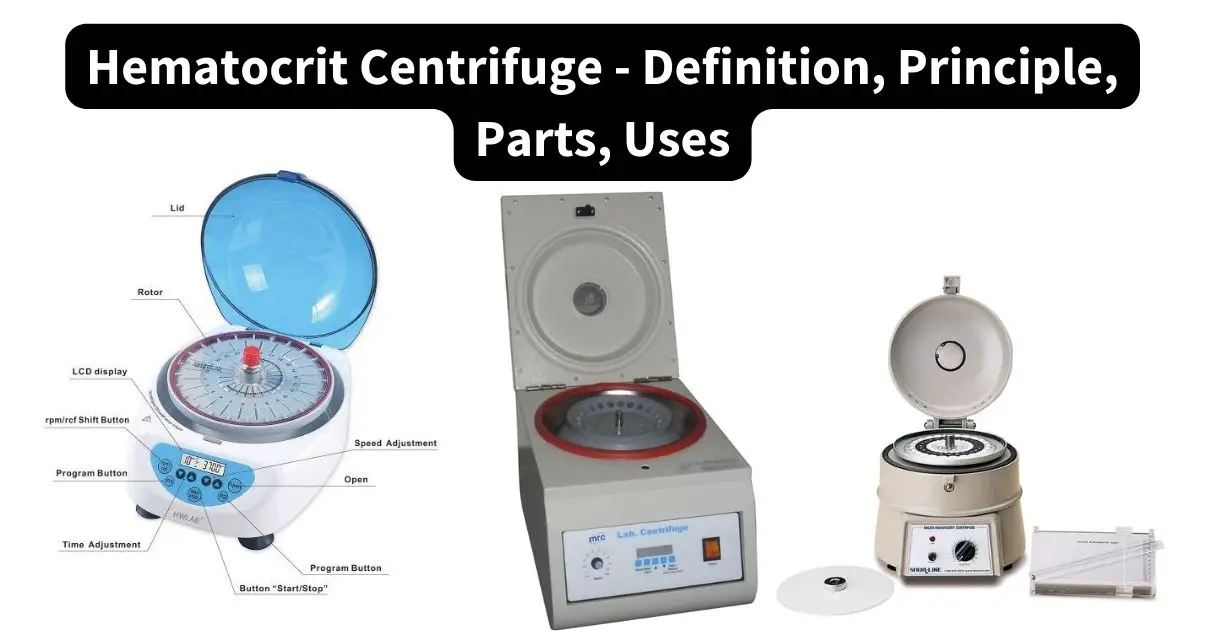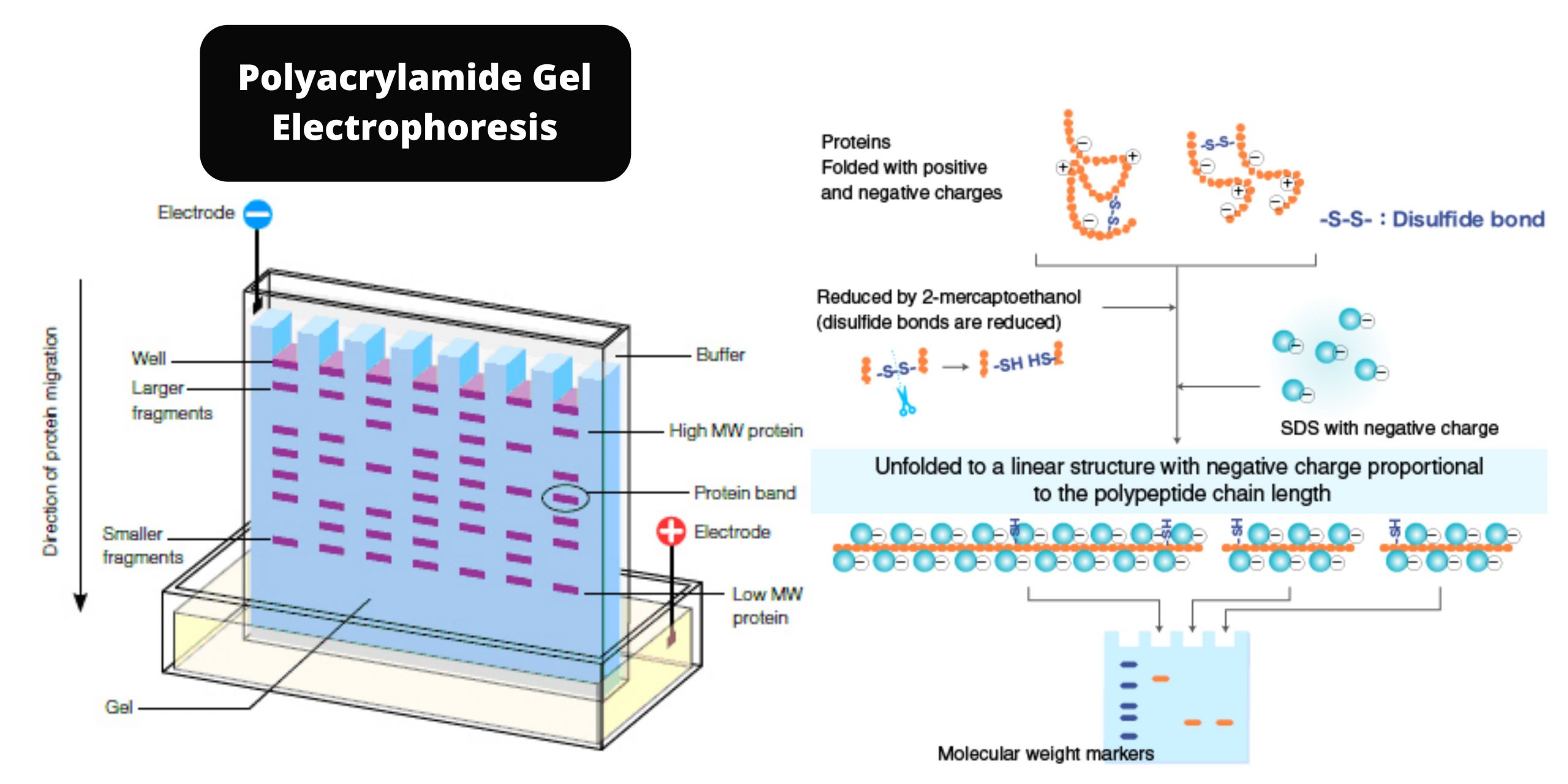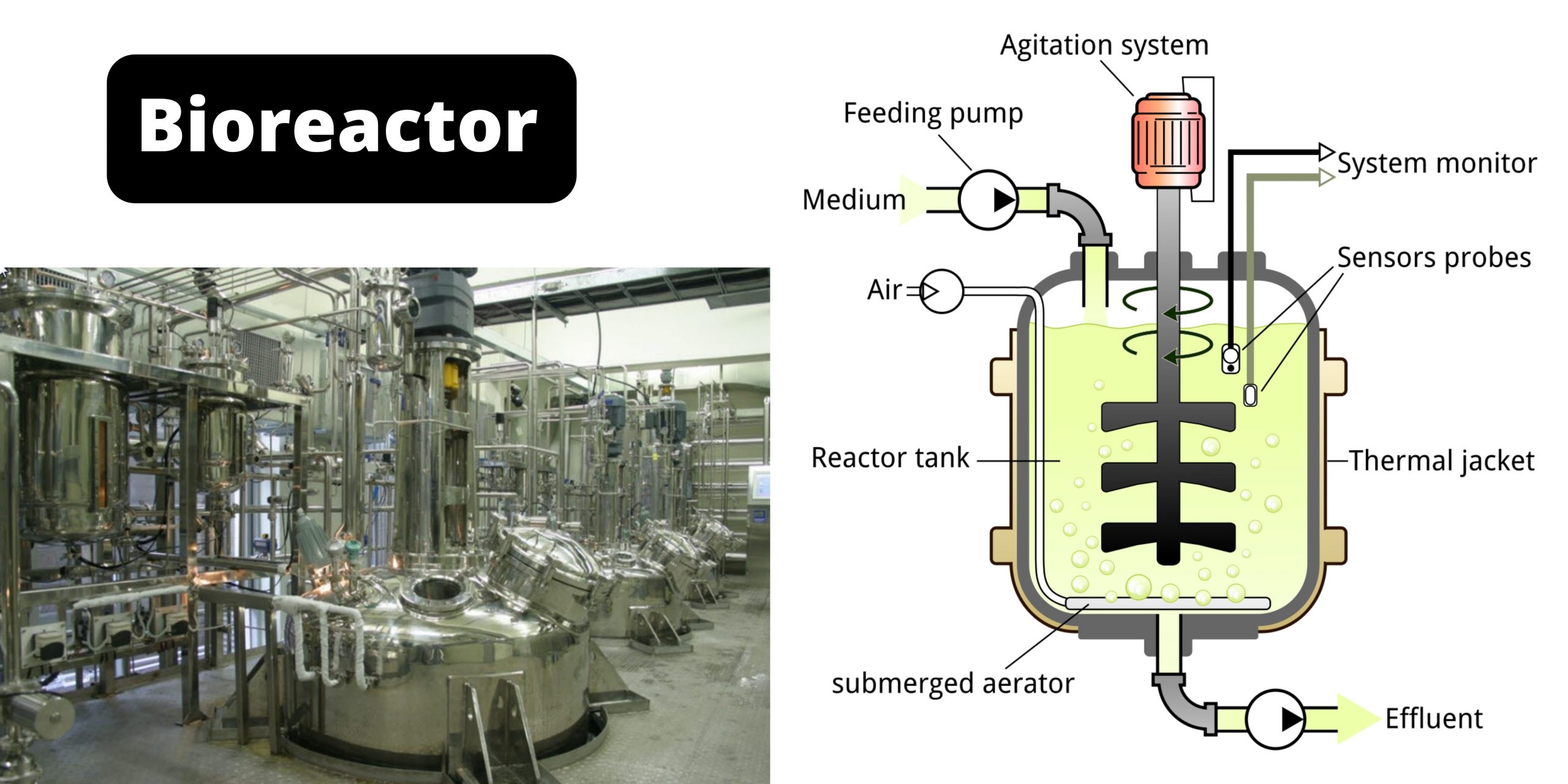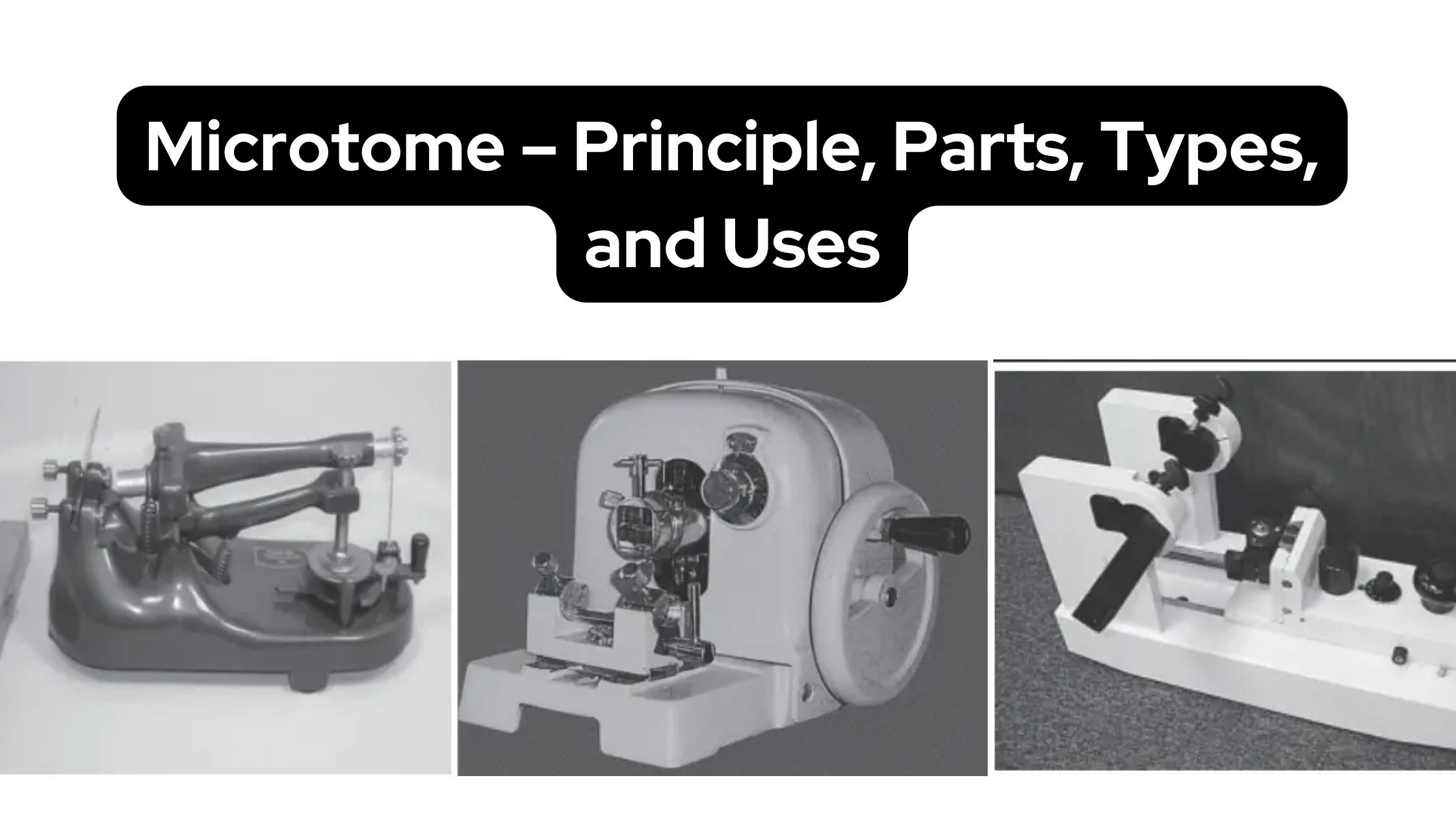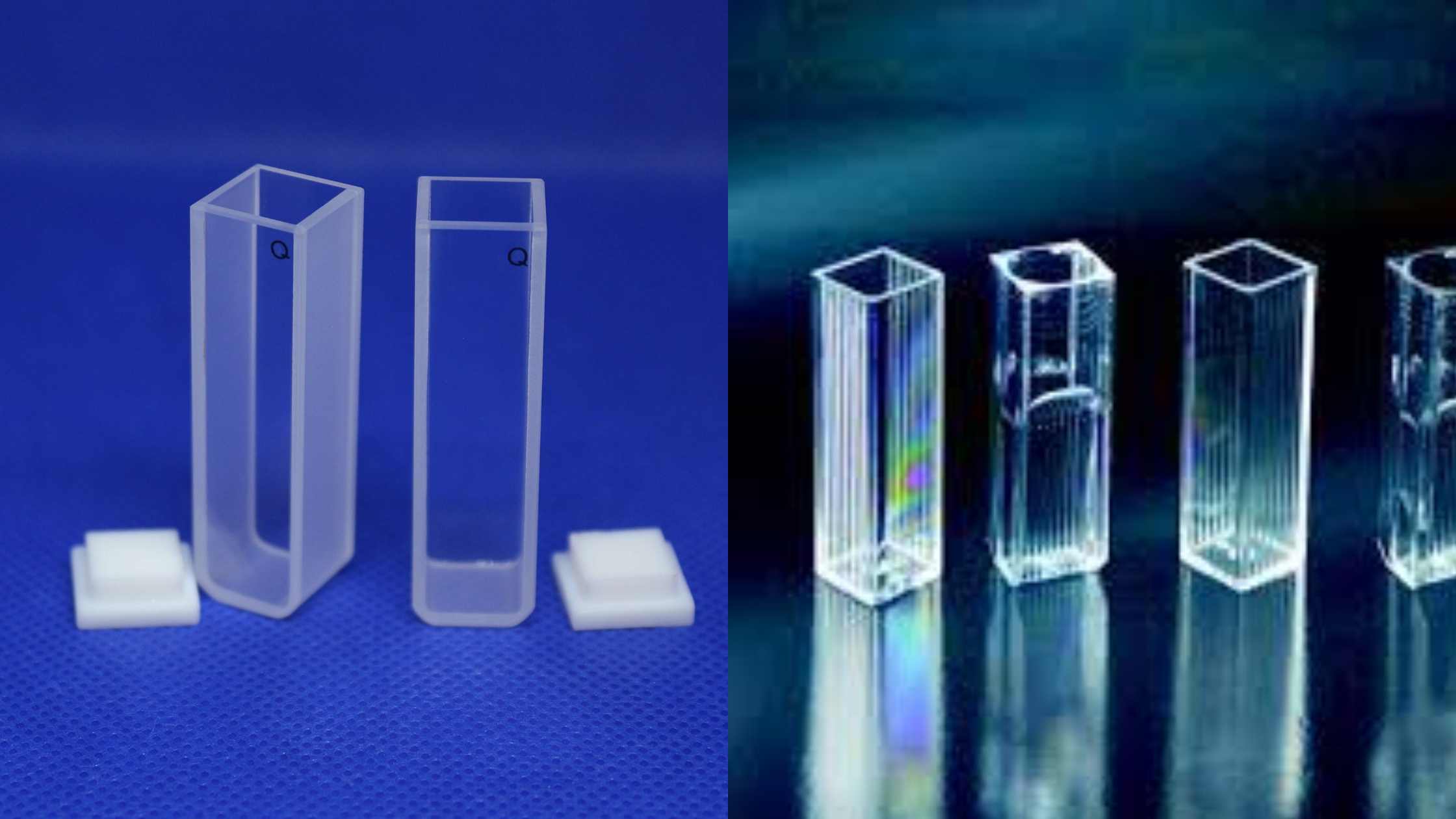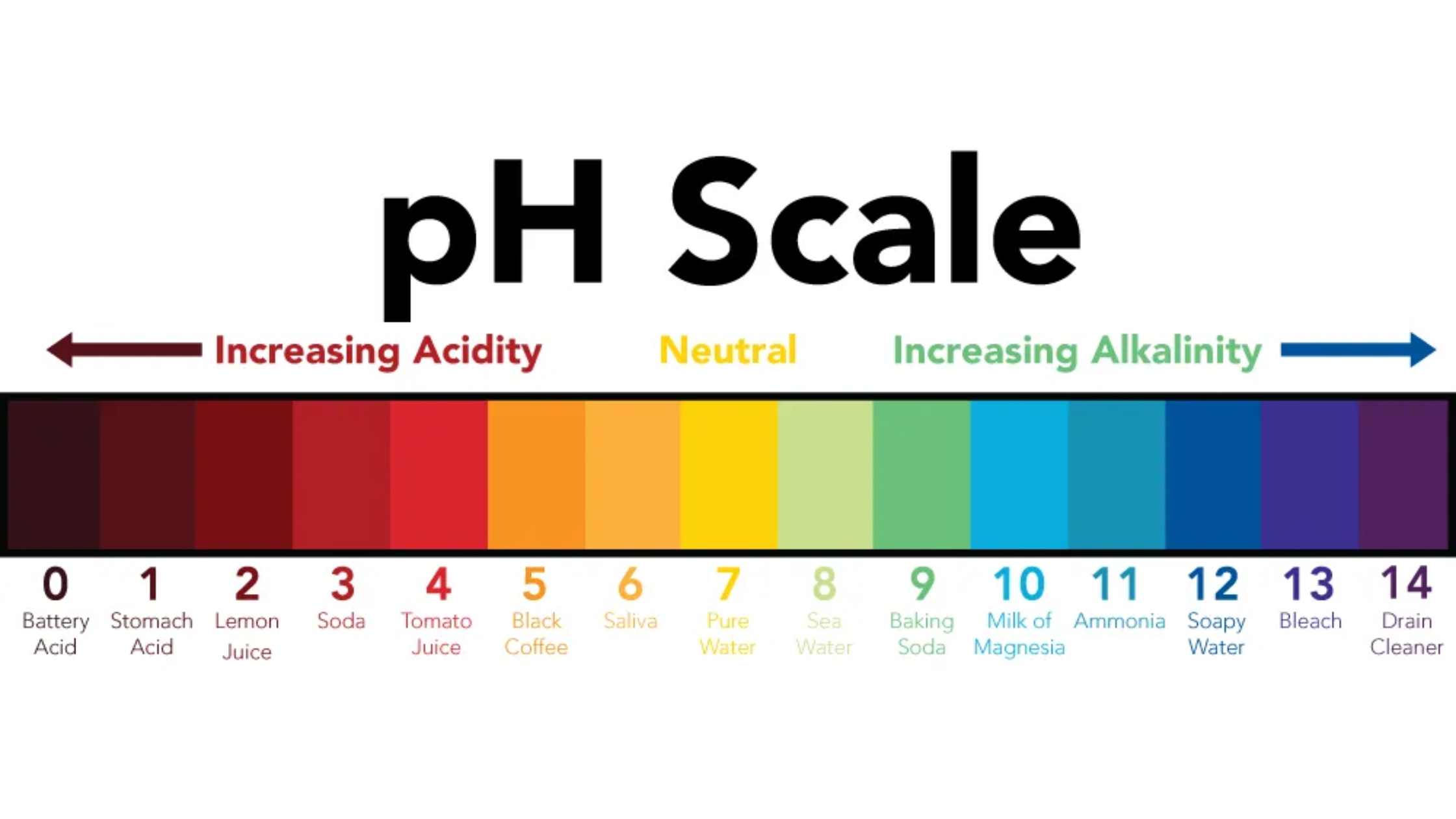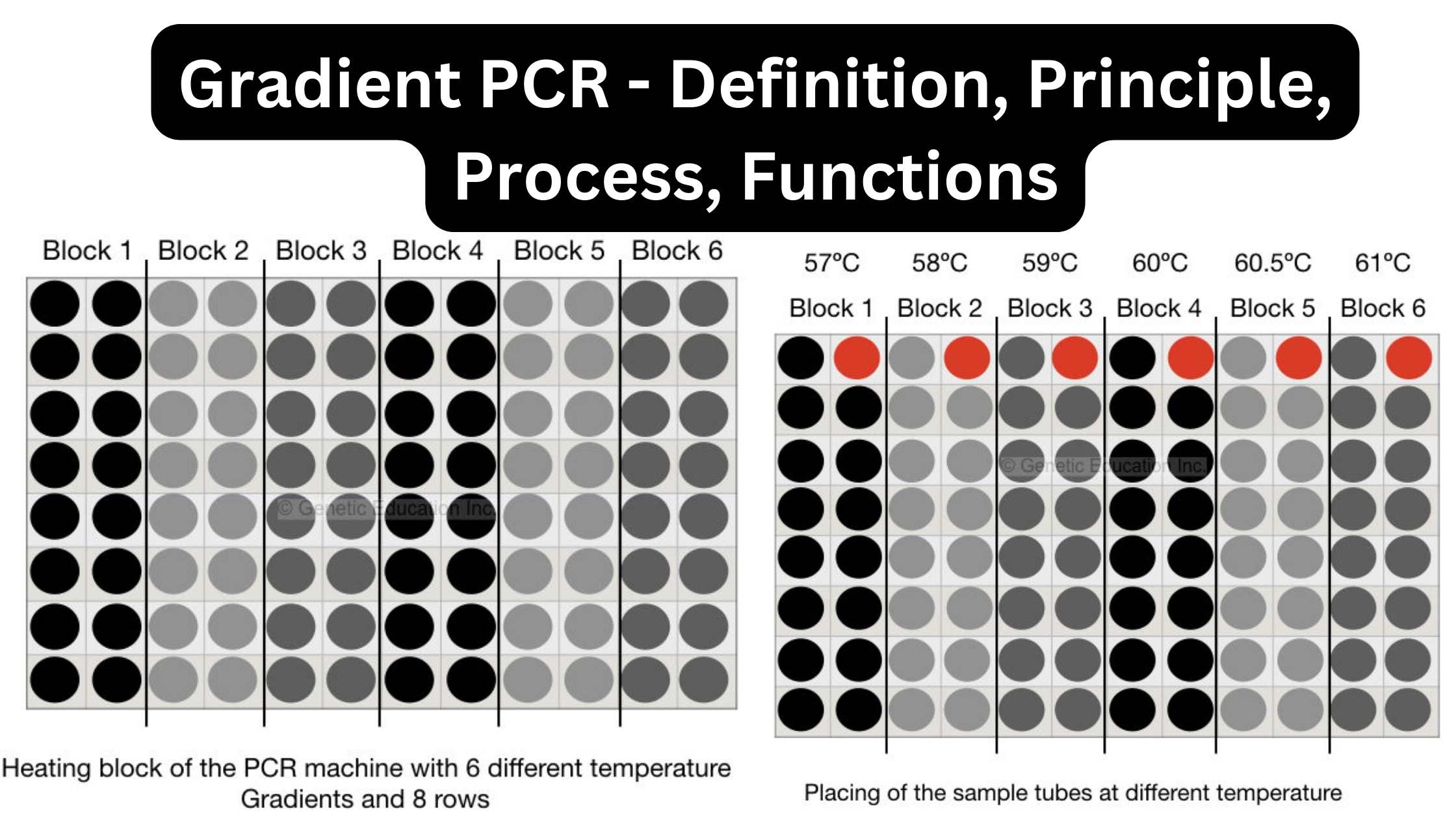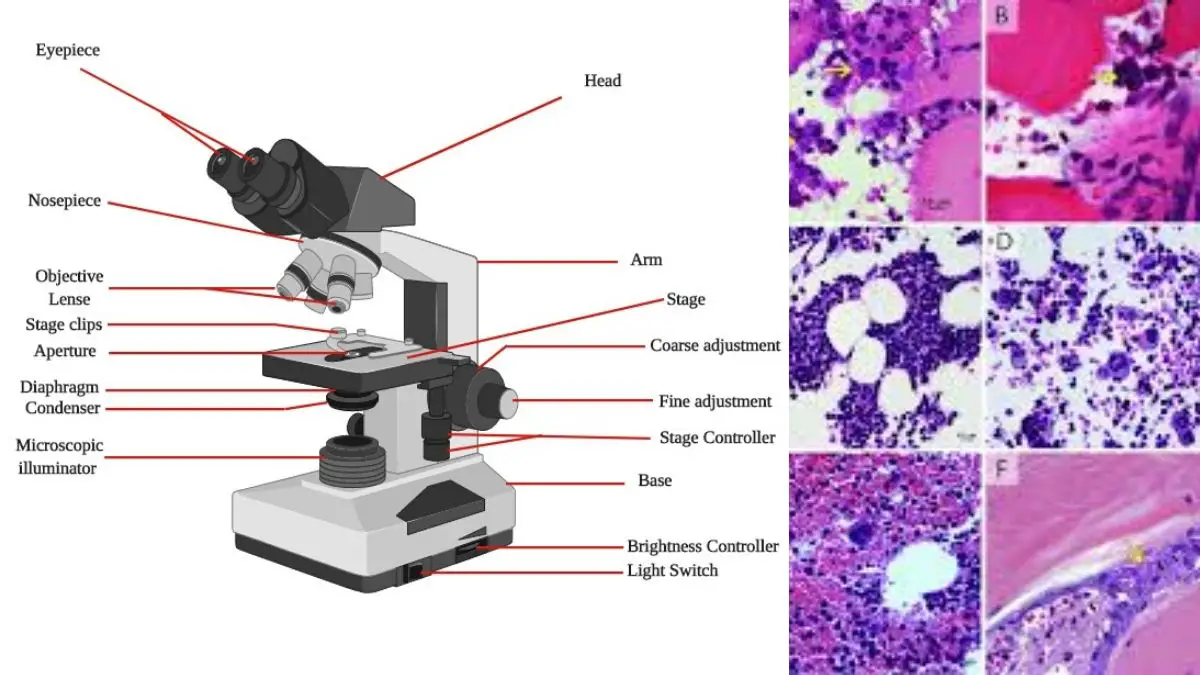Affinity chromatography – Principle, Types, Steps, Applications
Affinity chromatography is a type of liquid chromatography technique which is used for separation and purification of biomolecules based on a highly specific and reversible interaction between the target molecule and a specific ligand. It is the process where the target molecule selectively binds with a ligand that is immobilized on a solid matrix. This … Read more

